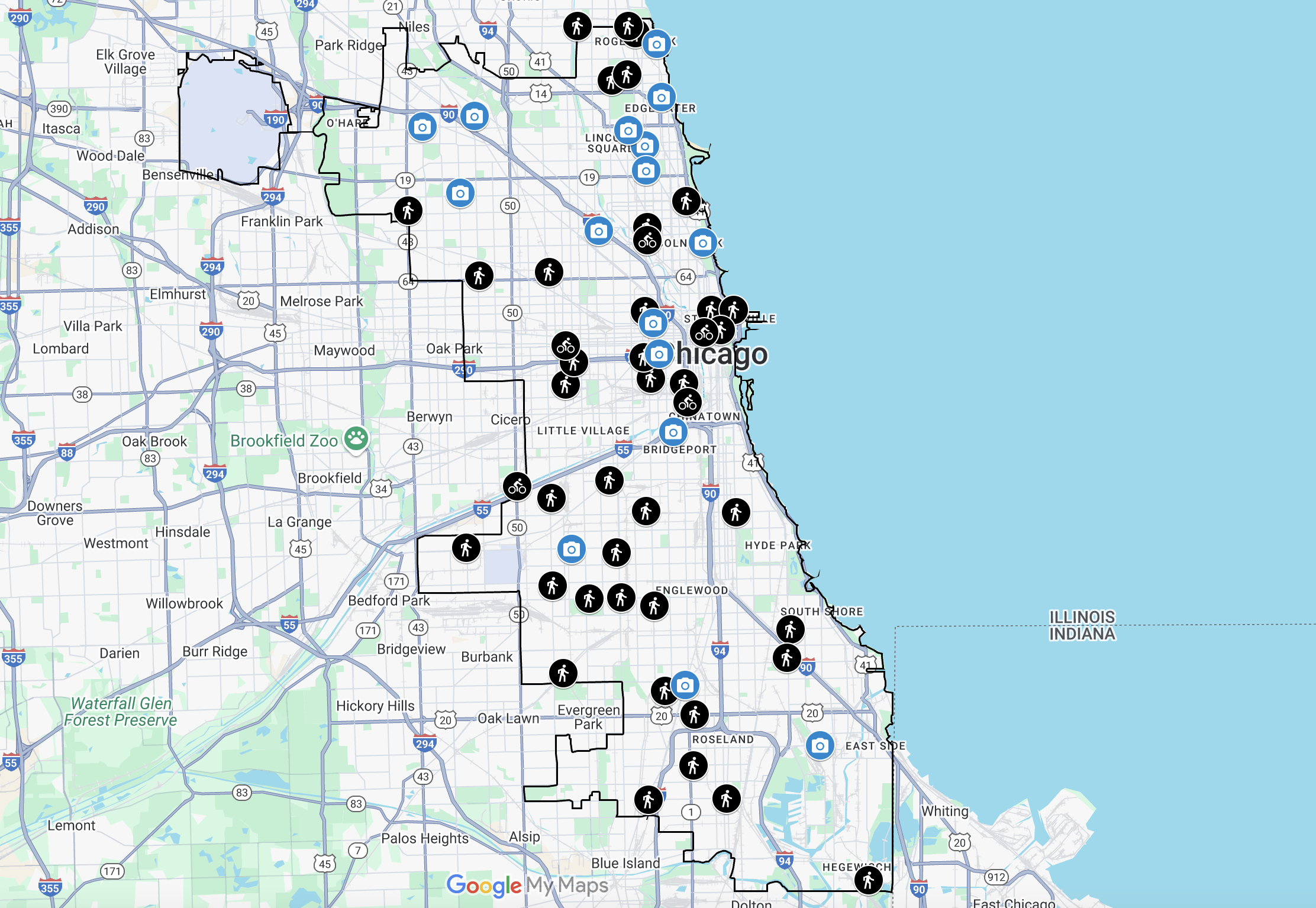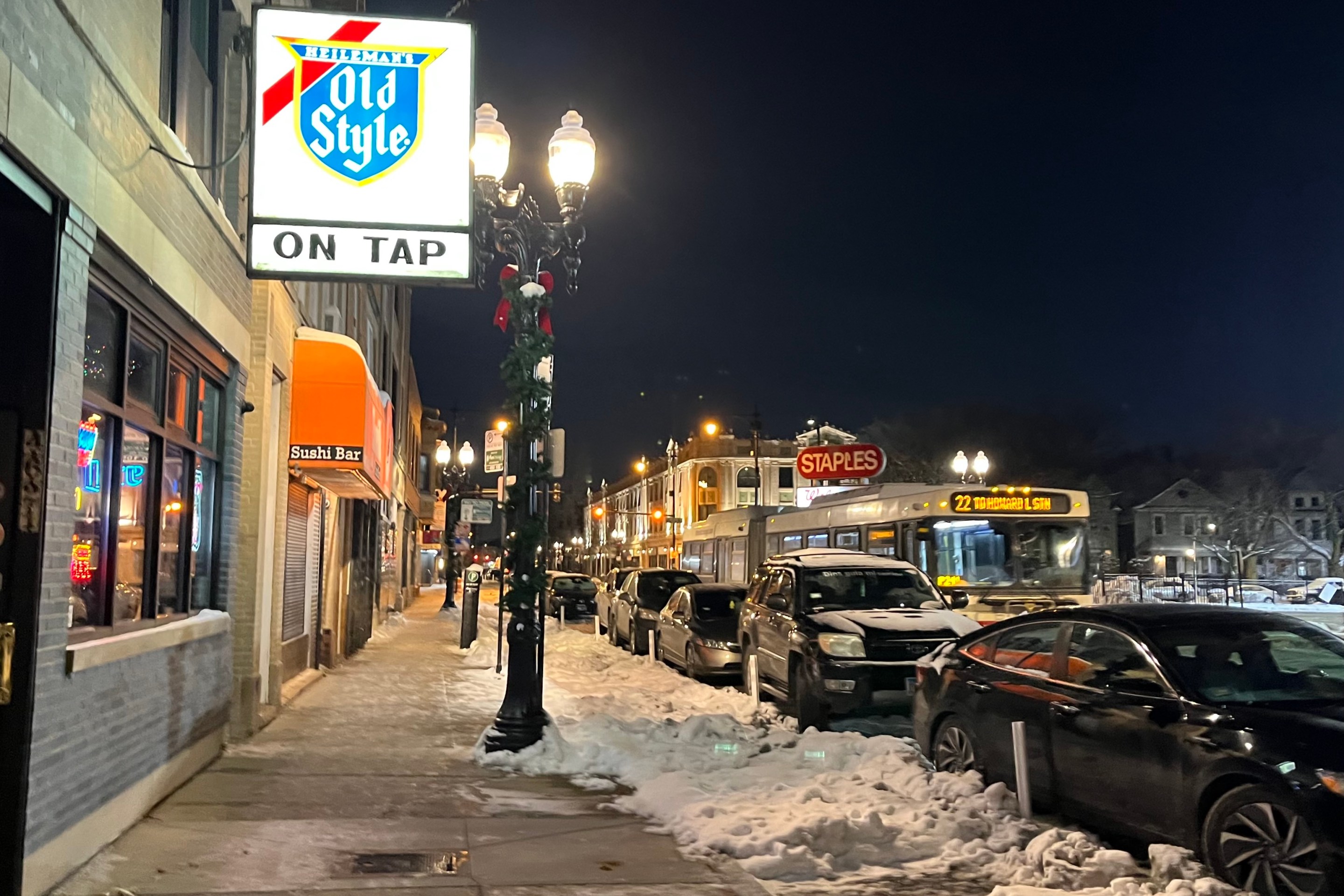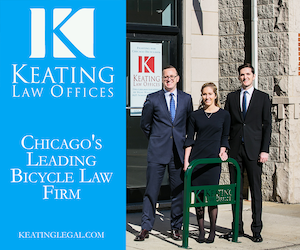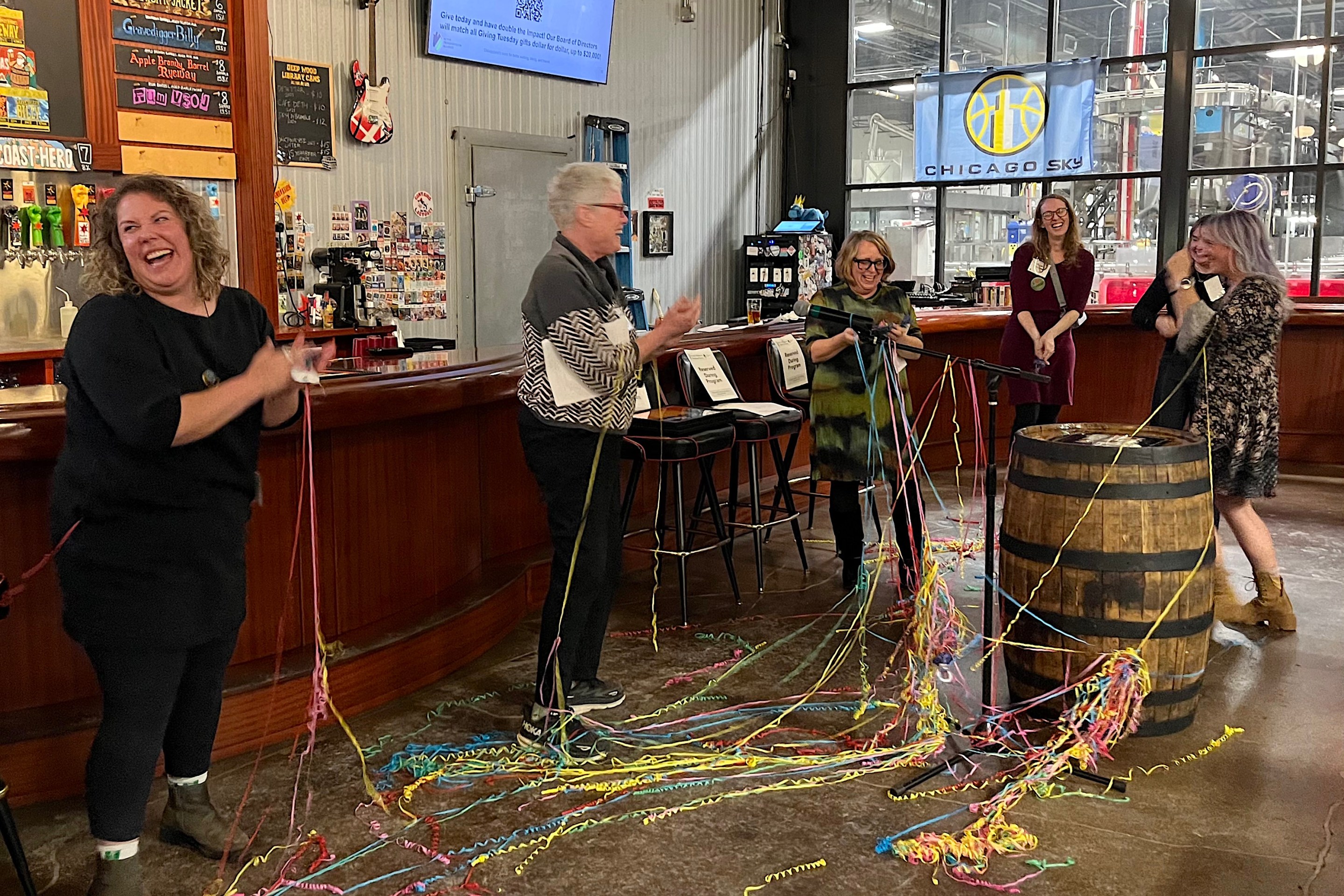
Before I discuss tomorrow's launch of 16 new Chicago speed enforcement cameras, out of 50 upcoming new locations, let's talk about some elephants in the room.
Acknowledging, addressing and/or debunking speed camera complaints
As I discussed earlier this month, the Tribune editorial "The 50 new Chicago speed cameras are all about cash — not safety" was actually half-right. And I say that as someone whose job largely involves advocating for safer streets.
Mayor Brendan Johnson was remarkably candid about the fact that revenue was one of the main reasons he wanted to add dozens of new speed cams to our current roster of 162. He said he hoped these devices would raise $11 million to finance restoring (coincidentally?) 162 CPD jobs associated with our city's consent degree.
As I wrote, that was a flawed tactic. The purpose of speed cams should be to encourage motorists to travel at safer speeds, knowing that if they don't they'll have to pay a fine. Currently, that's $35 for speeding by 6-10 mph, and $100 for a 11 mph+ violation. So in a utopian Chicago, the devices would eventually generate zero revenue, because all drivers would have learned the drill. As a result, our serious and fatal crash rate would plummet.
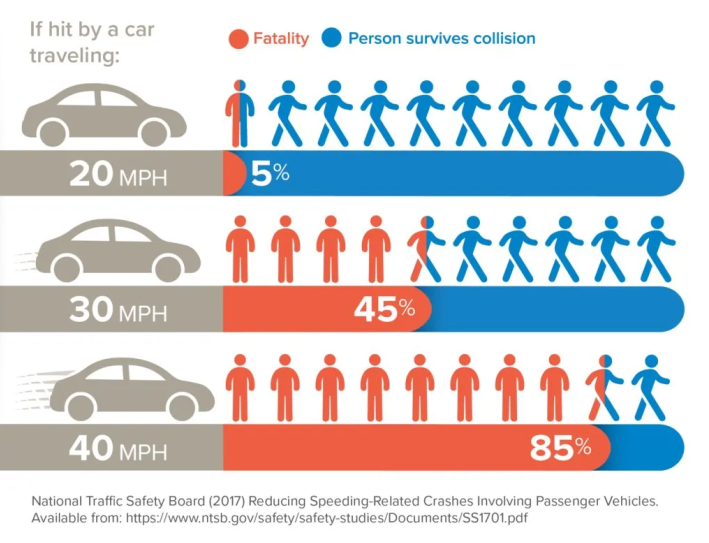
As for the Tribune's claim in that editorial that there’s no "legitimate proof that [speed cams are] improving safety," that's nonsense. Multiple studies found data proving that Chicago speed cameras have prevented hundreds of life-changing and life-ending crashes, and below are the latest numbers from the Chicago Department of Transportation. For an analysis of these recent numbers, check out my previous post.

It's true that the cameras have recorded speeding by the drivers of a disproportionately large number of vehicles registered in majority-African-American or predominantly Latino neighborhoods, raising equity questions. But, contrary to recent claims by City Council members, the 162 existing cameras are not concentrated in neighborhoods of color.
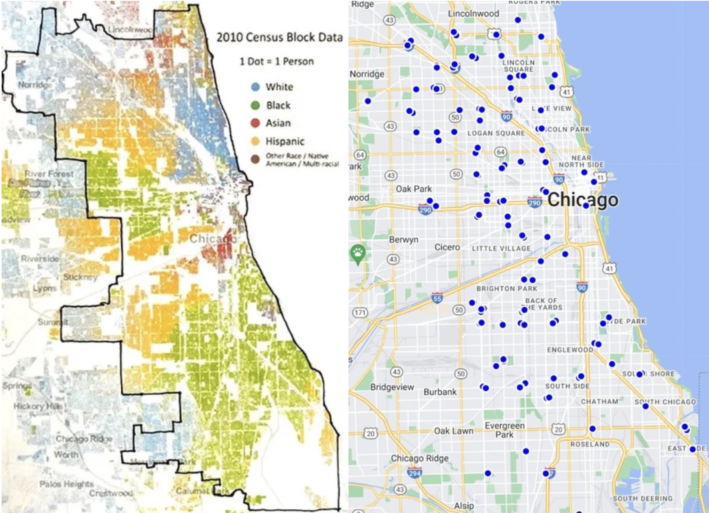
The news outlet ProPublica also hypothesized that the ticketing discrepancy might be due to the cams in communities of color being more likely to be located on wide, multilane streets that encouraging speeding. However, data shows that's not actually the case.
And all of Chicago's speed cameras (the 162 existing locations and the 16 new ones) are actually less likely to found in Black or lower-income neighborhoods than other kinds of communities, as the chart below illustrates.

So there appears to be no racial bias in the cam locations. Therefore, if a motorist chooses to speed and gets fined for it, that's their (hopefully non-) funeral, right?
No, it's a more complex issue than that. There are other reasons why Black and Hispanic residents who drive might have a higher chance of racking up speeding tickets. They're more likely to: live farther from destinations; have worse transit access; live in neighborhoods where long waits for unreliable buses and trains raise crime concerns; and have jobs that require driving. That means more time behind the wheel, and more exposure to automated enforcement.
In addition, the fines cause more fiscal hardship for lower-income and working-class Chicagoans than for more affluent residents. As I recently discussed with safe streets advocate Ald. Andre Vasquez (40th), possible solutions to make automated enforcement more equitable include:
• Reinstating the now-lapsed 50 percent discount on fines for lower-income drivers via the City's Clear Path pilot program.
• Implementing European-style income-based, sliding-scale speeding fines.

In discussions of making sure traffic enforcement is equitable, it's important to keep in mind that traffic violence is also a racial equity issue. Tragically, while African-Americans make up about 30 percent of Chicagoans, around two-thirds of people killed in crashes in our city are Black. Therefore, failure to take to address that disparity is also an injustice.
The next 16 speed camera locations
Here are the locations of the 16 speed cams going into effect tomorrow, according to a Chicago Department of Transportation news release. As Streetsblog Chicago readers know, per state law, automated enforcement cameras can only be installed within an eight of a mile – one full Chicago block – from schools and parks. While people often complain about cameras that aren't directly next to schools or parks, in reality, the cams should be allowed anywhere there's dangerous speeding. Read details about the times of day when the cameras will be issuing tickets, and other info about the program, in the press release.
- 1455 W. Grand Ave. – Bickerdike Square Park
- 2716 W. Logan Blvd. – Lorenz Brentano Elementary School
- 2310 E. 103rd St. – Trumbull Park
- 2728 S. Archer Ave. – Palmisano Park
- 3510 W. 55th St. – Senka Park
- 8740 S. Vincennes St. – Mahalia Jackson High School
- 1341 W. Jackson Blvd. – Skinner Park
- 3665 N. Austin Ave. – James N. Thorp Elementary School
- 5059 N. Damen Ave. – Winnemac Park
- 6824 W. Foster Ave. – John W. Garvy Elementary School
- 220 W. Fullerton Ave. – Lincoln Park
- 5432 N. Central Ave.– James B. Farnsworth Elementary School
- 4118 N. Ashland Ave. – Lake View High School
- 4714 N. Ashland Ave. – Chase Park
- 5857 N. Broadway. – Broadway Armory Park
- 7115 N. Sheridan Rd. – Loyola Park
The cams will begin recording violations, for warning notices, tomorrow, Tuesday April 1. "Warning notices (without fines) will be issued for the first 30 days after each new camera is activated," CDOT explained. "Following the warning period and 14 day blackout period, citations will be issued to the registered owners of vehicles exceeding the speed limit by six mph or more."
Interactive map of new speed camera locations, with 2024 pedestrian and bike fatality sites.
It's unfortunate that the South and West sides will not be getting many of the 16 lifesaving new speed cameras. As you can see from the above map that shows where pedestrian and bike deaths happened most frequently last year, a typical pattern, these parts of town need them the most.
Read the CDOT news release on the 16 new speed cameras here.
The locations of speed cams that are currently issuing citations can be found at the City Data Portal and on ChicagoTrafficTracker.com.

Did you appreciate this post? Streetsblog Chicago is currently fundraising to help cover our 2025-26 budget. If you appreciate our reporting and advocacy on local sustainable transportation issues, please consider making a tax-deductible donation here. Thank you.
